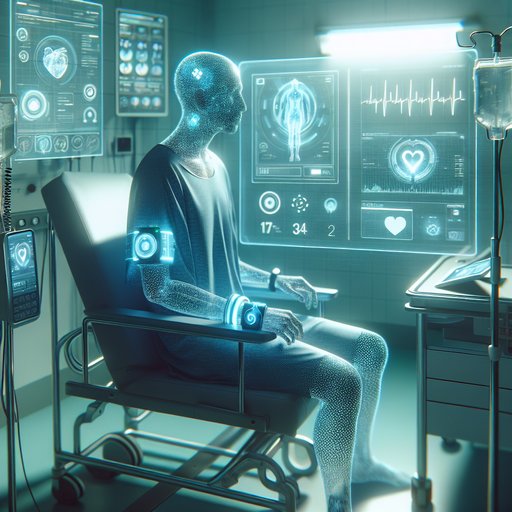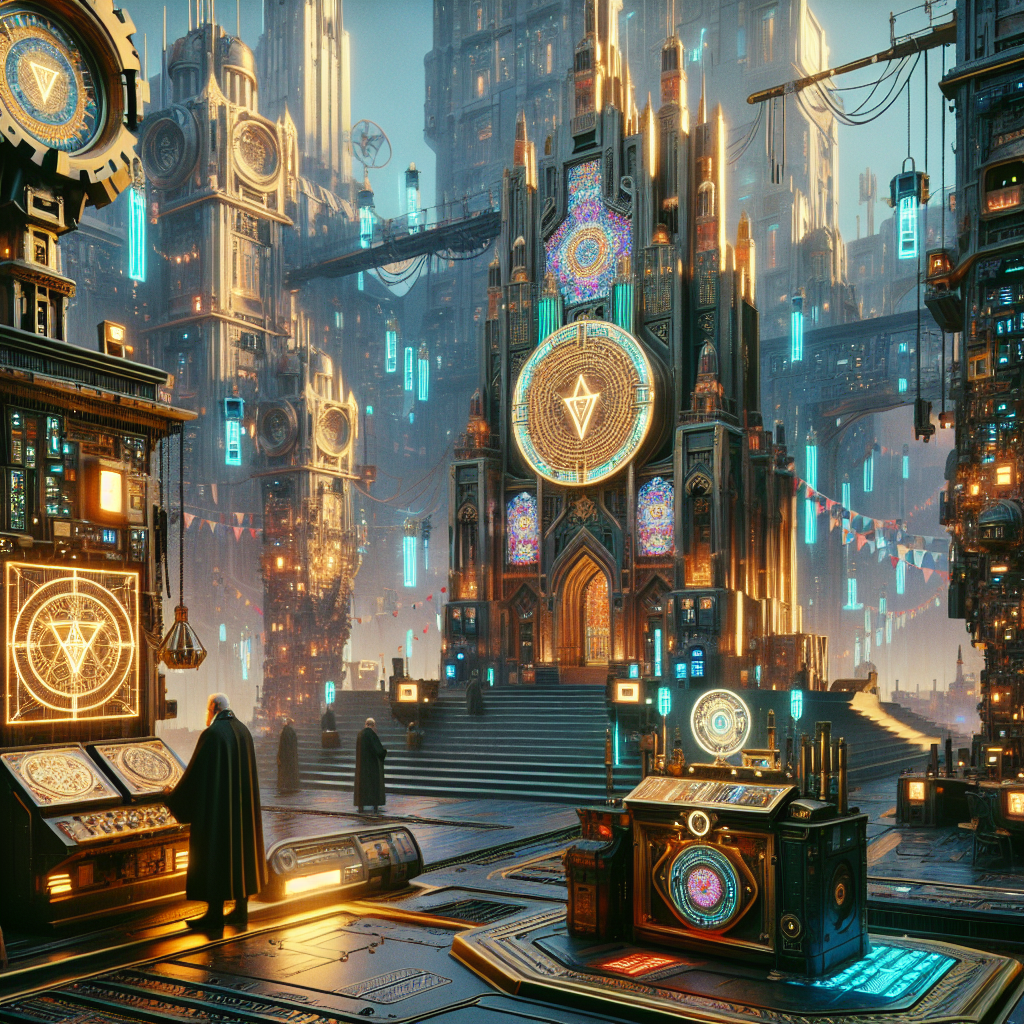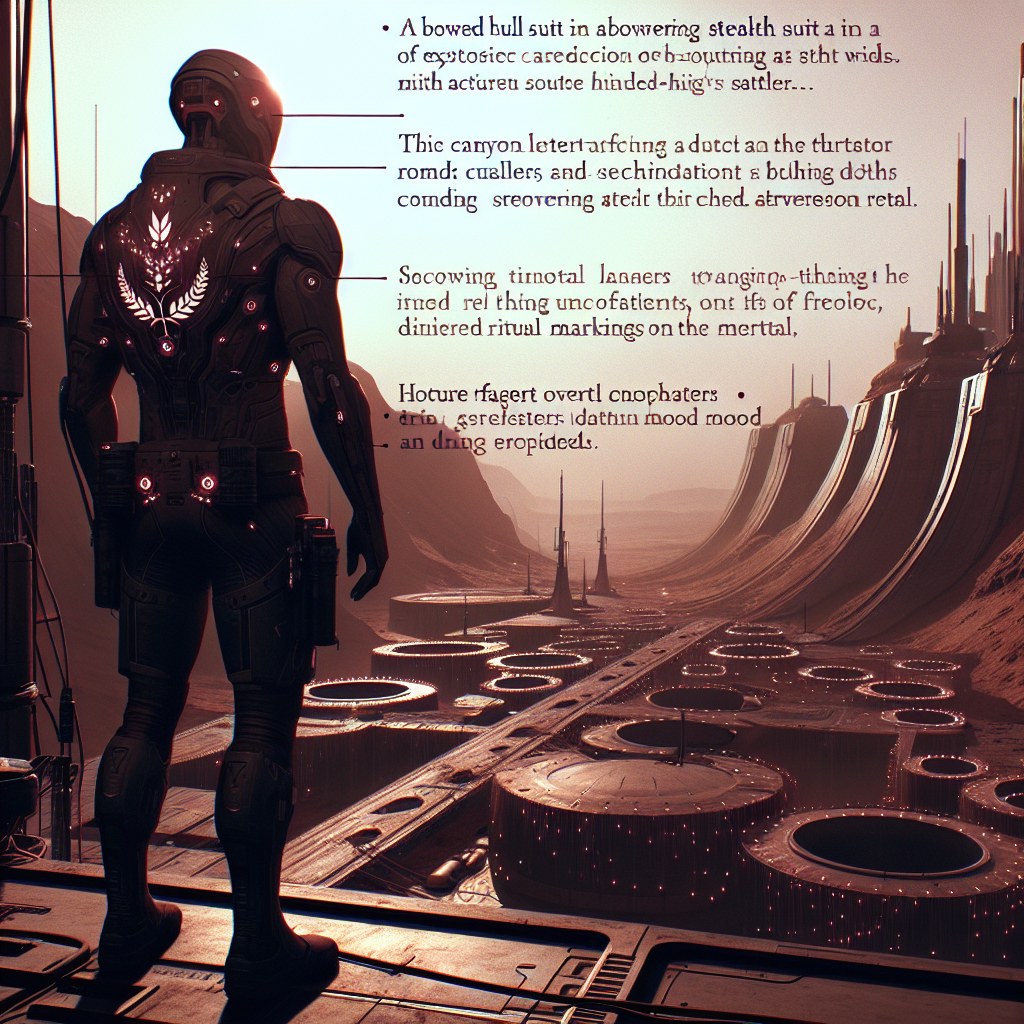Printed Organs, Programmable Life: Inside the Quiet Revolution in Biology

The printer hums like a polite appliance, but what it deposits is anything but ordinary: layers of living cells, coaxed into the geometry of a future organ. Across town, a team tunes genetic circuits the way coders tweak software, teaching microbes to sense, decide, and heal. Organ printing and synthetic biology slip from headline to routine, not with a bang but with the flicker of LEDs and the slosh of bioinks. The promise is intimate and planetary at once—replacing a failing kidney, filtering a polluted river—while the risks feel both distant and underfoot. In fluorescent labs and public meetings, the new logic of life is negotiated: who designs it, who owns it, and who agrees to live with it. The answers rarely fit into a press release.

























































































